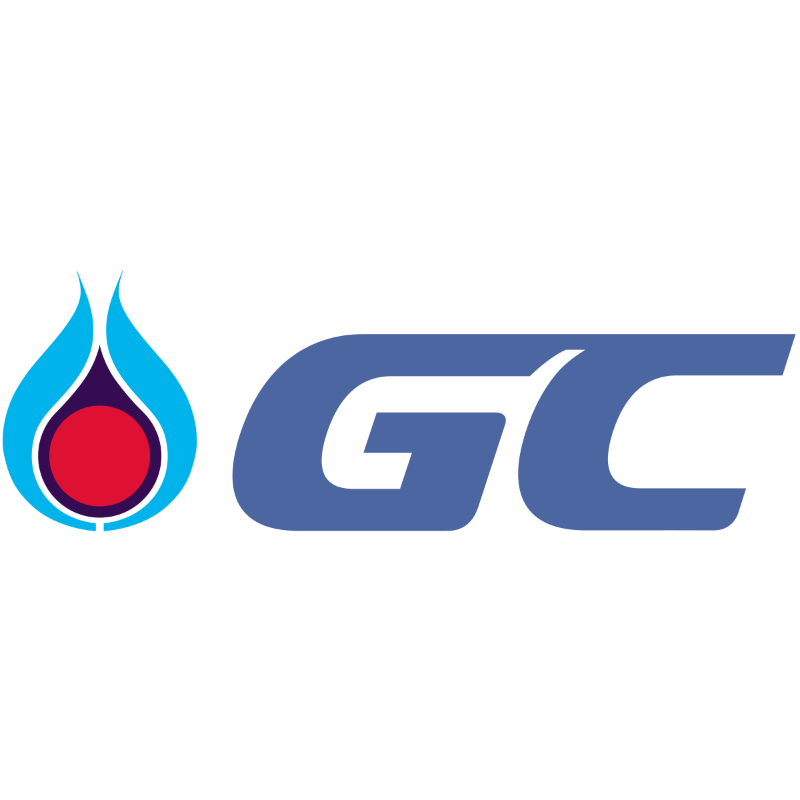
It’s spring in the UK, which means gardening, weather roulette, and for me, a little unexpected industry insight. While wrestling with my vegetable patch last weekend, I realised something: it’s eerily like the Oil, Gas, and Chemical sector right now. Sounds odd? Let me explain, it’s not as far-fetched as it sounds…
Last spring, I decided to steam, bicarbonate of soda, and white wine vinegar our old greenhouse, to remove the black mould that had built up for years, so I could have a vegetable garden. Nothing ambitious, just a handful of beds, a few tomato plants, and the hopeful idea that maybe, by summer, I’d have something worth harvesting.
By June, I was knee-deep in courgettes. By August, I was giving tomatoes away to neighbours. But it wasn’t all sunshine. There were weeds I missed, and much to the entertainment of a friend who happens to be a potato farmer, barrels of potatoes, that never showed up at all (lots on top, nothing down below).
Still, come autumn, I had something to show for it. A full cupboard of Tomato Passata, and a lesson in planning. Looking my now frost covered veg trugs with Brussel sprouts for winter roast dinners, a clear realisation: if I’d waited too late to start planting, I’d have no beautiful fresh produce to see me through the Winter months.
And that’s where the industrial world finds itself right now.
Rising costs, crude price dropping, tight labour markets, capital hesitancy, and digital disruption are creating an uncertain season for industrial asset owners. Some businesses are only just looking around and realising they haven’t planted anything. But those who invested early, in people, in process improvement, in digital tools, will ride out this current period.
And that brings us to software. Specifically, industrial software.
After more years in this space than I care to count, with the grey hairs to prove it, I’ve seen the same patterns crop up time and again: organisations rushing to implement tech without prep, guidance, or the right people, only to watch the investment wither. A good software implementation is like a productive garden; it takes planning, timing, knowing what to plant when, and how to nurture it to its fullest yield.
So, whether you’re running a refinery, a process plant, or just figuring out how to modernise your processes, here are five secrets, from a seasoned software provider (and not-so-seasoned gardener), to help ensure your next software rollout bear’s fruit. Because the smart one’s amongst us, plant their investments in the good seasons, to get them through the downturns.
1. Start with a Vision You Can Grow
Every successful garden starts with a plan. Not a random scattering of seeds, and ignoring the date.
In software terms, that means articulating a clear, shared vision. If your team can’t repeat the purpose of the project without looking at the project charter, it’s already too complicated. Keep it simple, strategic, and rooted in outcomes. Less is more!
Better yet, invite stakeholders to help craft that vision (i.e., Strawberries for the kids and Kale for the wife). When the plan reflects everyone’s needs, it doesn’t just get approved—it gets owned…and the garden is more likely to succeed.
2. From Power Plants to Pot Plants: Clear Labels Prevent Big Mistakes
I once pulled out a perfectly healthy bean sprout, thinking it was a weed. Why? Because I hadn’t labelled it properly.
This same level of confusion and error is what happens when software vendors and the client use different technical terminology. The site says “client,” and the vendor says “customer,” and suddenly your implementation feels like the childhood song of “you say tomato, I say tomahto”. Let’s not call the whole thing off—I solved this issue at IAMTech by requesting that our Implementation Consultants co-create a Glossary of terms, (for all words used by the client to describe their Turnaround process and activity), with every client before implementation kick-off. It’s not complicated to do but brings tremendous value to every single interaction.
If people don’t understand what the software system is saying, because we have not configured the customer's terminology, they will find it harder to use, understand it, or they’ll ignore certain features, not attaining the full value from the tool.
3. Start with the Right Seeds: Involve the Right People Early
Gardeners know that plants have different needs. Shade, sun, water, pruning—get it wrong, and the entire plant suffers, repeat this at scale, the garden suffers.
The same principle applies to stakeholder engagement. You don’t need everyone in your organisation, but you need the at least one representative, from each key stakeholder group: planners, schedulers, TA manager, area engineers, supervision etc. People who are passionate, and proud of how they work.
Involve them from day one, not after the software is purchased, but ask them to help evaluate the products on the market. Late involvement leads to passive resistance. Early involvement creates champions.
Top tip: “Throw all your seeds in one spot, and the strongest plants crowd the others out. Software implementation is no different—without a planting plan, your key voices may never take root. Give all stakeholders equal voice, encourage them to help the project grow”
4. Empower Leaders—Give Them the Tools and the Time
I tried to harvest vegetables and plant seedlings the same weekend as my son’s football tournament and daughter's dance competition. Didn’t work. I needed help and had ultimately set myself up to fail by taking too much on; I had to defer to the following weekend.
Your project leader needs time too.
Strong leadership isn’t just about charisma. It’s about availability, decisiveness, and authority. If you appoint a ‘project lead’ who already has enough day-to-day responsibilities to fill their week, you must allow them to delegate some of their existing duties to others during the software project. If you give them no time or no empowerment to make decisions about changes to your way of working as a company, you’re setting them up to fail. Empower them properly, give them time and additional help if needed, or delay starting the project until you can.
5. Plan for Resistance - And Prepare the Soil
Plants don’t handle sudden environmental changes very well, hence the greenhouse, not digging up the lawn, and neither do some people.
Resistance to change is natural. But it’s manageable. Communicate clearly. Train effectively. Connect the software’s benefits to people’s actual work and personal motives. Prepare the ground well - don’t just go-live, cross your fingers and hope for the best.
If your team feels like the change has been too severe and with no warning, then your project will likely wither up and die before it’s even had the chance to grow roots.
Final Thought: The Best Time to Plant was Last Season
The second-best time? Today.
Software implementation is no longer optional for industrial companies trying to survive volatile markets and workforce transitions.
We have seen recently, several large operators’ earnings plummet, due to poor maintenance practices, or Turnarounds that have gone on for weeks longer than planned, leading to huge loss of earnings.
But like gardens, technology changes, software tools, don’t flourish just because you buy the seeds. You must prep the ground, get the timing right, and keep at it even when progress is slow.
Winter is always coming. The question is: will you be ready with a full winter store, or just another company staring hungrily at an empty patch of dirt?




































